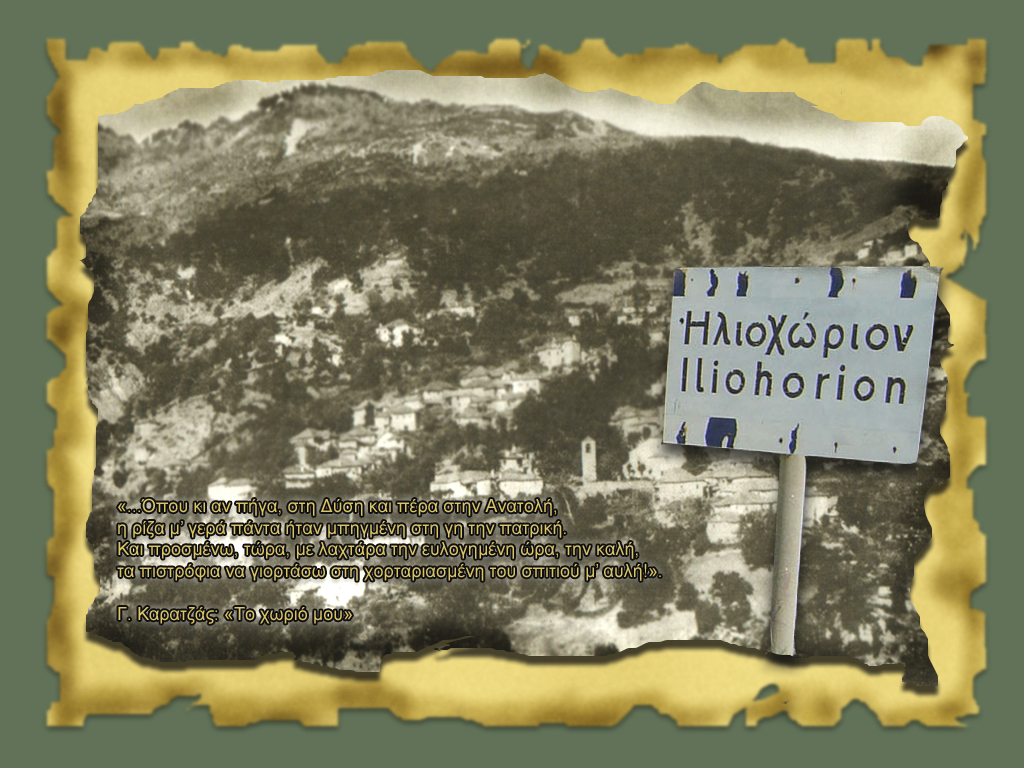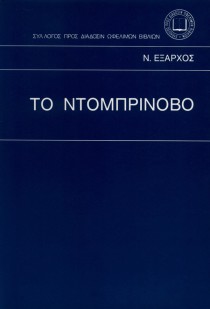The History of Iliochori
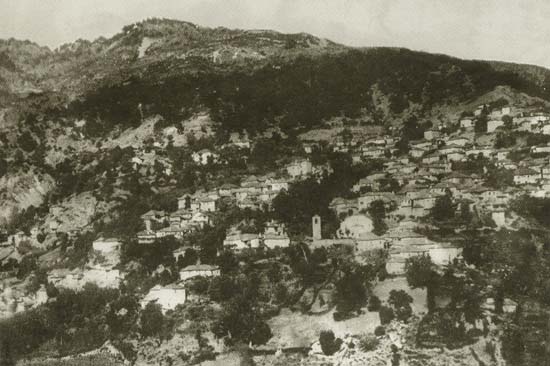
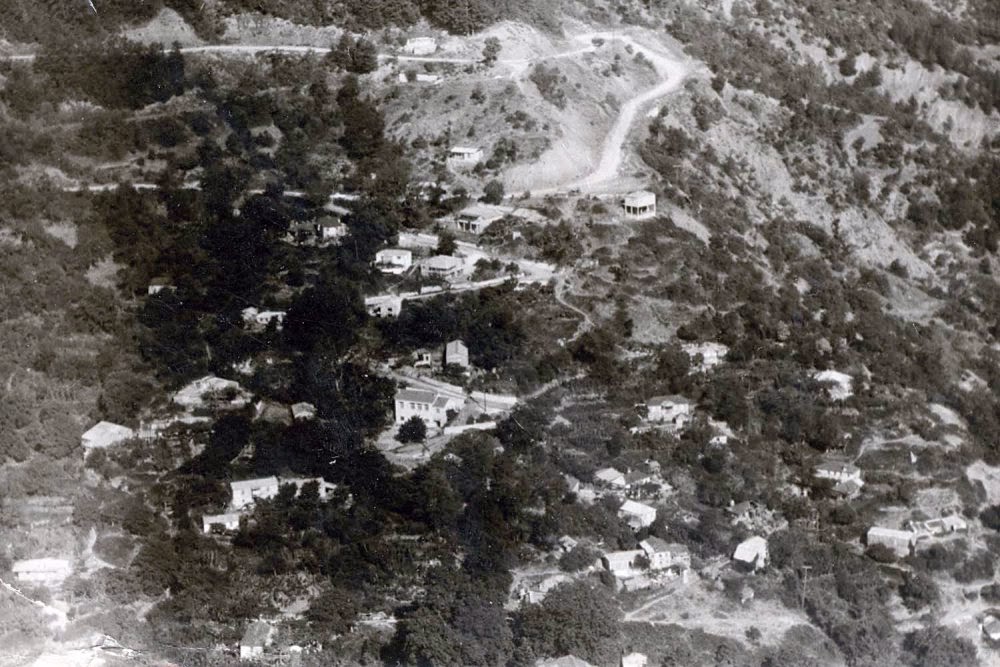
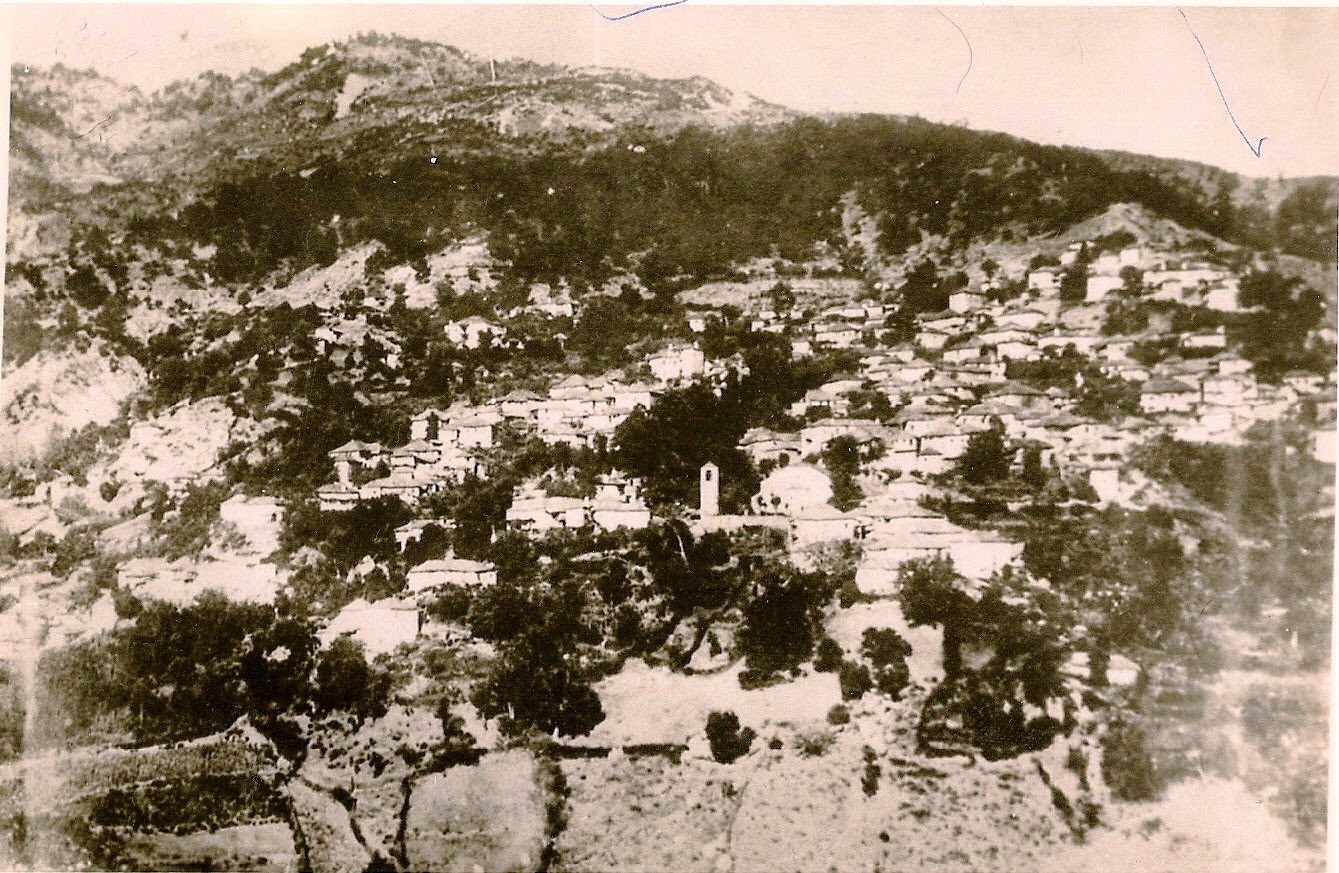
Ντομπρινόβο στο Ηλιοχώρι
Η προέλευσης του χωριούείναι ένα δύσκολο ζήτημα. Βασιζόμενοι σε ιστορικά ευρήματα, φαίνεται ότι τον 11ο αιώνα π.Χ. δημιουργήθηκαν μικρές, απομονωμένες κοινότητες στις τοποθεσίες Ρασκιανά, Λιποχώρι, Κουκουρούνζου και Σούρι. Αργότερα, για λόγους που παραμένουν άγνωστοι, πιθανώς λόγω παραγόντων όπως η αναζήτηση ενός καλύτερου τόπου η ύπαρξη πόσιμου νερού, οι κάτοικοι εγκατέλειψαν αυτά τα μέρη και ίδρυσαν το χωριό στο τρέχον « Ντομπρινόβο» (Σλαβικό όνομα του 14ου αιώνα), που σημαίνει «Καλό + Νέο» στη σλαβική γλώσσα. Ωστόσο, όχι όλοι οι κάτοικοι μετακόμισαν στο Ηλιοχώρι. Ορισμένοι εγκαταστάθηκαν στη Λάιστα, ένα χωριό που βρίσκεται 14 χλμ μακριά, γνωστό ως Λισινίτζα κατά τη διάρκεια εκείνης της περιόδου. Το Ντομπρινόβο υπήρχε ήδη κατά τη διάρκεια της σλαβικής ηγεμονίας στην Ήπειρο (6ος- 7ος αιώνας μ.Χ.), όπως αποδεικνύουν ιστορικά έγγραφα.
In the 14th century the Monastery of Panaghia was constructed by Cretan monks. In 1431, according to the report of "Vrisochoritan" Nikolaos Exarchos in his book "To Dobrinovo," the Turkish administration counted 1180 inhabitants in the village. Over the following years, the village continued to develop in terms of both population and prosperity. Historical evidence indicates the existence of a document that outlined an agreement with a doctor from Pades to provide medical care. According to this convention, the municipality of Dobrinovo would only pay the doctor's wages for one year and the medical attendance would be free for the inhabitants, who were responsible for covering the cost of medicines. These documents were signed in 1616 but unfortunately destroyed when the Nazis set fire to the Municipality in 1943.
To 1812 the French consul Pouqueville visited the region and reported finding 750 inhabitants in the village of Dobrinovo. A few years later, in 1815, Greek schools continued in Dobrinovo, with lessons taking place in the Monastery of Panaghia and later in some private houses. During that year, the village faced a significant challenge as it experienced the first major destruction caused by the bubonic plague. The disease resulted in numerous victims, and the inhabitants sought refuge in the mountains to escape its effects.
To 1819 the Metropolitan of Ioannina, Gabriel, visited the communities affected by the disease and found 160 inhabitants in the village. In a letter dating back to 12-02-1823, Ath. Psalidis described the situation of Epirus and Thessaly under Turkish occupation, highlighting an armed struggle for liberation. The village of Dobrinovo played a role in this struggle, as its people were able to bear arms. During this period, the village had separate schools for boys and girls, and it benefited from the construction of an aqueduct and bridges, which facilitated the creation of new roads.
Οι κάτοικοι του Ντομπρίνοβου ασχολήθηκαν με το εμπόριο και ταξίδια που συνέβαλαν επίσης στην ανάπτυξη του χωριού τους. Μια ελληνική εφημερίδα που εκδίδεται στην Κωνσταντινούπολη ανέφερε περίπου 1200 κατοίκους που ζούσαν στο Ντομπρινόβο. Δυστυχώς, το χωριό αντιμετώπισε αργότερα μια περίοδο οικονομικής ύφεσης. Πριν από τους Βαλκανικούς πολέμους το 1912 καιτον Α’ Παγκόσμιο Πόλεμο, οι εμπορικές δραστηριότητες που είχαν εγκαθιδρύσει οι Ηλιοχωρίτες με χώρες όπως η Βουλγαρία, η Σερβία, το Μαυροβούνιο και η Ρωσία σταμάτησαν. Στη συνέχεια, η επιδημία της ισπανικής γρίπης χτύπησε το χωριό, προκαλώντας πολλούς θανάτους.
From 1463 until 1912 Iliochori was under the dominion of the Turks, with the villages in Zagoria enjoying governmental autonomy while paying taxes. The village experienced its peak development between 1870 and 1900.
From 1916 the population suffered a significant decline due to the Asian flu outbreak. The inhabitants of Iliochori were primarily involved in sheep and cow breeding, agriculture (cultivating grain, barley, and vetch), and viticulture, producing good wine. They were also traders, traveling with caravans of mules and horses to sell goods primarily in Balkan countries, where some built significant economic fortunes. In the winter months, shepherds engaged in handicrafts, forming itinerant corporations of masons and wood sculptors, selling their goods across the Balkans.
Until 1914 in Iliochori there was the school of the chassis situated over the road of the currently city hall where the girls learned to weave. The building belong to the Gianussi family that had donated it to the city cuncil; beyond to the webbing school there were the elementary school, the primary and secondary schools that were found in the same building. In these schools there were teachers females for the girls and teachers males for the boys.
To 1912 , το κτίριο κάηκε και η ανακατασκευή του ξεκίνησε το 1924, ολοκληρώθηκε το 1927, με τον Παπασίση ως πρώτο δάσκαλο.
Μετά το 1920, το χωριό είχε 160 οικισμούς, αλλά κατά τη διάρκεια του Β’ Παγκοσμίου Πολέμου, οι γερμανικές δυνάμεις έφθασαν το 1943 και έκαψαν μεγάλο μέρος του χωριού.
To 1926 the village's name was changed from Dobrinovo to Iliochori, meaning "Village of the Sun" in Greek.
To 1944another battalion of German soldiers arrived, searching without causing further damage. During the civil war from 1946 to 1949, the village suffered substantial damages, leading to many inhabitants emigrating to eastern countries. Opportunities for jobs were limited, and many moved to regions with better prospects, such as Thessaly and Macedonia.
Since 1990 many people, originally from different parts of Greece and Italy, have started repopulating and revitalizing the village by constructing new houses. During this period, initiatives were undertaken to renovate and enhance attractions like the "Balta Stringa" waterfall in the locality of Rasciana, which has attracted visitors from France. Dimitris Hatzis authored a beautiful book called "Double Book," describing the Iliochorites as having large hearts and clear minds, reflecting their values.
